A little over a year ago Brendan Shanahan was announced as the new president of the Toronto Maple Leafs.
In his introductory press conference, he stated: “There are some good pieces here. Sometimes pieces are misused or mismanaged. Sometimes good players have bad years and sometimes good teams have bad years.”
Flash forward through a terrible season — featuring a down year for pretty well all of the team’s stars, the firing of Randy Carlyle and Dave Nonis, along with the hiring of Mike Babcock — and now Brendan Shanahan is facing his first big decision since being in charge of the organization.
What to do with Phil Kessel?
By all accounts, Phil Kessel is a legitimate star. Over the past four seasons, Kessel ranks sixth in the league with 275 points in 294 games, which is between John Tavares and Steven Stamkos. His linemates in Toronto have been poor, generally speaking. Here is a list of what he has done for players playing with him while with the Leafs:
- Alex Ponikarovsky: On pace for a career high in goals before getting traded.
- Matt Stajan: On pace for a career high in points before getting traded.
- Joey Crabb: Career high in points, extended NHL career.
- Tyler Bozak: $20 million contract.
- Joffrey Lupul: Career high in points, NHL all-star.
- James van Riemsdyk: Career high in points, made the US Olympic team.
Kessel can’t receive sole credit for the accomplishments those players achieved alongside him, as a lot of them were/are prime aged and received a lot of offensive opportunities by virtue of playing with him. However, the track record speaks for itself. He’s one of the best scorers in the league and elevates his teammates’ scoring numbers.
For all his personal success with the Leafs, including being top 10 in league scoring for three years in a row and scoring 30 goals or more in his first six seasons with the team (prorating the lockout year), the team has struggled. From the moment The Trade took place, Leafs fans watched in horror as Murphy’s Law kicked in and the division rival Boston Bruins drafted Tyler Seguin, won a Cup, and continually pounded on the Leafs in the process. Whether it is fair or not, many fans associate the failures of the last six seasons in Toronto hockey with Phil Kessel due to him being the best player on the team during that time.
So, with a new management team and coaching staff falling into place and rumours swirling of rebuilding the right way, many see this as the right time to cut bait with the turning-28-year-old star and start anew. Elliotte Friedman said he is being inquired about, as did Bob McKenzie, who reported his no-trade clause list.
If the Leafs are going to trade Kessel, who is entering the second of an eight year deal with a salary cap hit of $8M per season, there are two distinct areas that need exploring—his trade value, and his ability to be part of a rebuild based on his age and production moving forward. Let’s explore.
Trade Value
There is a widespread belief in hockey that a team never gets proper value when trading a star. Most believe the team that gets the best player in the deal wins the deal, and generally speaking when you trade a star it is because of some sort of issue. In theory, you’re selling low.
In order to understand what kind of value Kessel may have, it is essential to look at previous trades as a baseline. Some key criteria in these deals are as follows:
- Has to be a star winger (non-negotiable).
- Kessel is turning 28, so the player has to be within a few years of that age range.
- Preferably has a long-term contract, or at the very least is not a pending UFA.
Let’s look at some deals where parallels can be drawn to Kessel’s current situation.
Rick Nash Trade
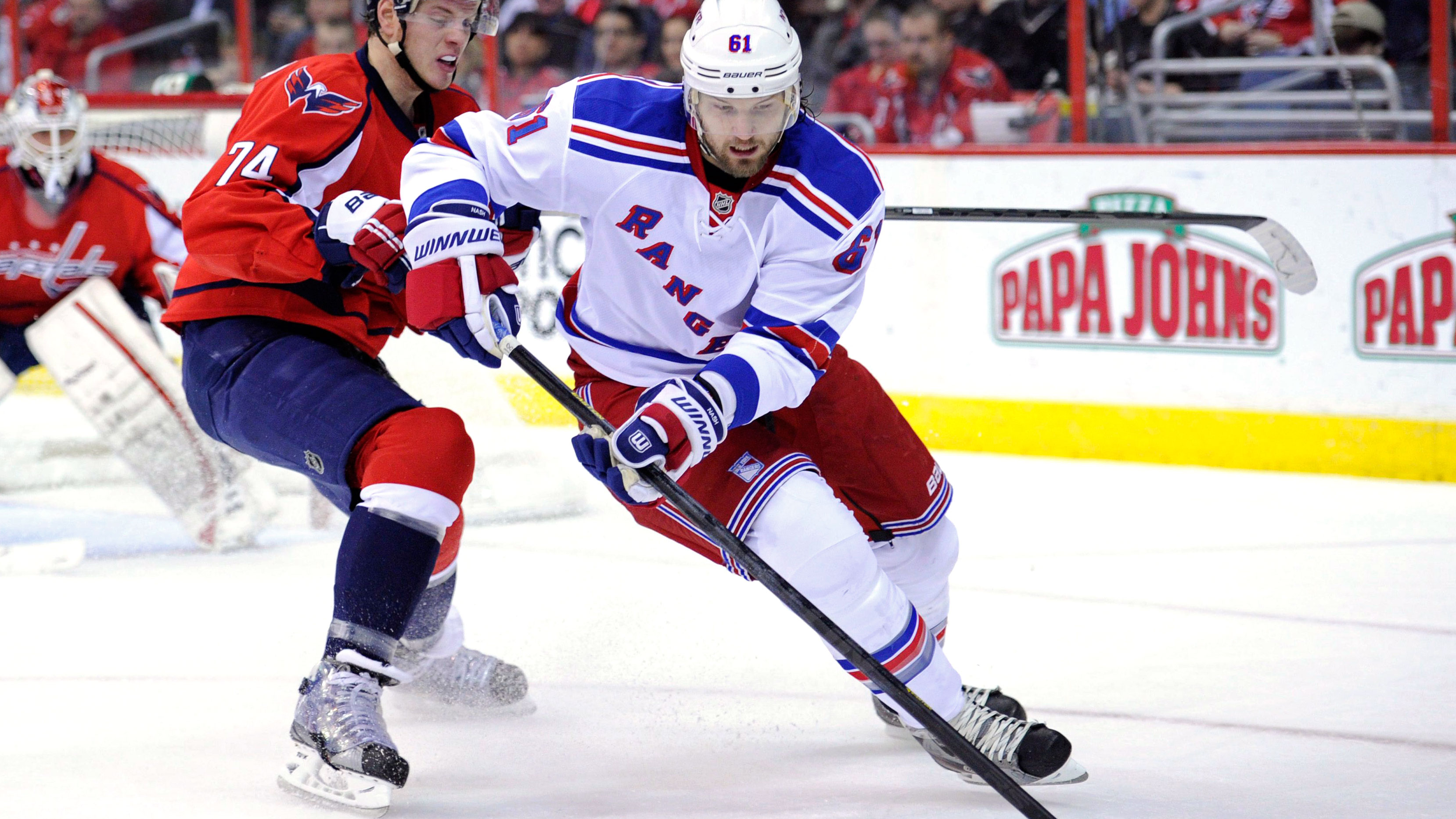
Columbus Blue Jackets trade: Rick Nash, Steven Delisle and round 3 pick in the 2013 draft (Pavel Buchnevich)
New York Rangers trade: Brandon Dubinsky, Tim Erixon, Artem Anisimov, future considerations and round 1 pick in the 2013 draft (Kerby Rychel).
Age when traded: 28
Contract status: 6 years remaining, $7.8M cap hit.
Analysis: Nash is probably the most similar player to Kessel in terms of being a good player on a poor team, with everyone believing a change of scenery was in order. The interesting thing is that Nash was generally regarded as a good player on a poor team, while Kessel is noted as a primary reason why the team is poor in the Toronto market. Nash is an every-situation player who scored 30+ goals in seven of his eight years in Columbus, topping 70 points once but never 80. He was a positive possession player, and also positive relative to his teammates in three of his final five seasons in Columbus. Dubinsky has firmly become a top six forward in Columbus, and was recently signed long-term, while Anisimov has bounced in and out of the top six as he plays third line center capable of handling some tough assignments and providing scoring depth. At the time of the trade, though, Dubinsky was considered a bit of a salary dump, as he was coming off of a 10 goal season and he didn’t have a good relationship with their coach. Tim Erixon is a former first round pick who has bounced around a bit and is now on the Leafs, while the first round pick turned into Kerby Rychel, who is on the trade block. Receiving future pieces in exchange for proven talent is always a gamble, and in this case the return of center depth and two capable top six forwards has proven to be solid for Columbus, especially in a league where top six forwards and centers in particular are difficult to come by. That said, for as promising as Columbus looks moving forward, the Rangers have been to the Stanley Cup Finals and Conference Finals with Nash in two years (and went out in the second round the other year), so it has helped both teams.
Marian Gaborik Trade
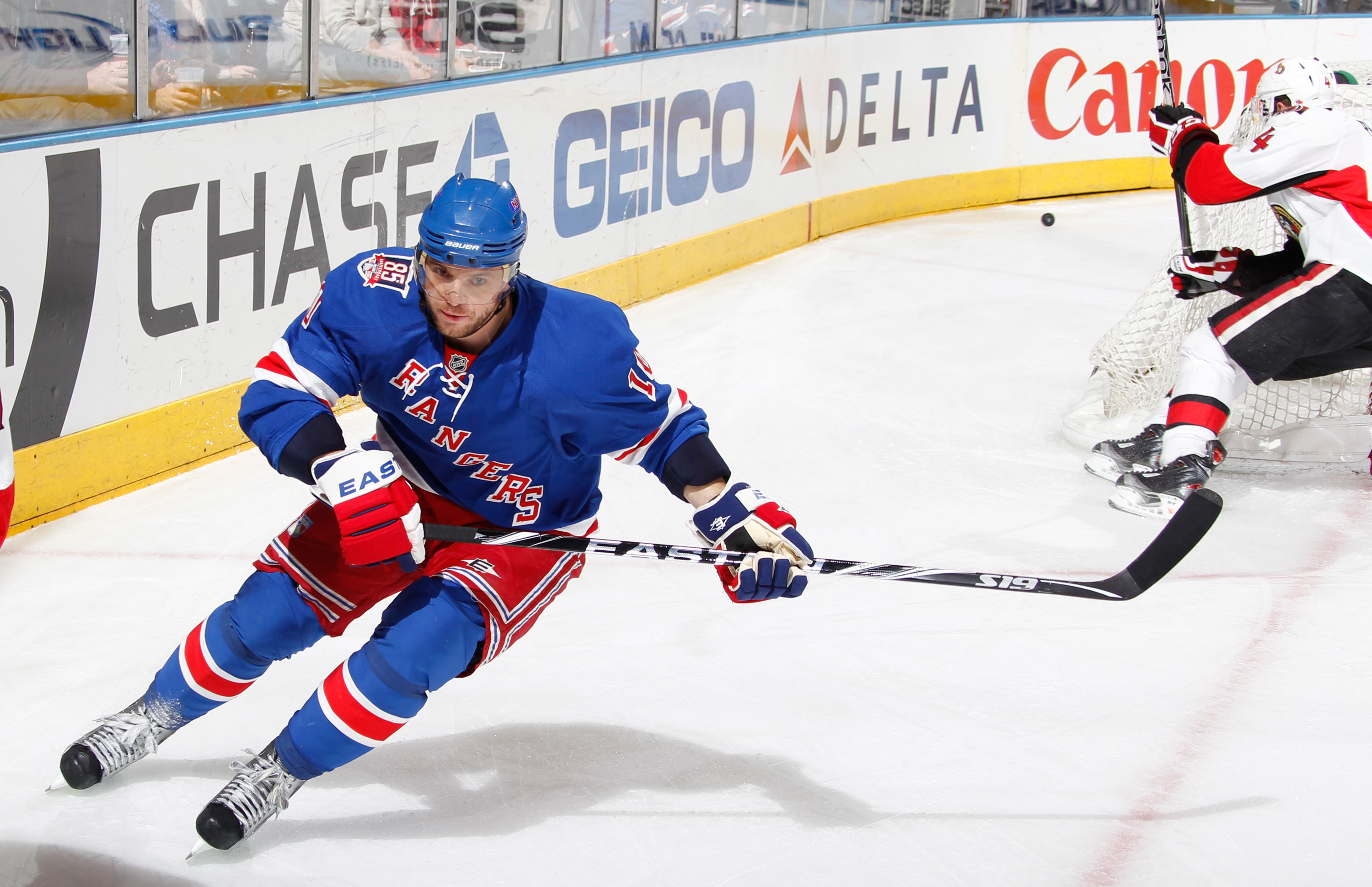
New York Rangers trade: Marian Gaborik, Steven Delisle and Blake Parlett
Columbus Blue Jackets trade: John Moore, Derick Brassard, Derek Dorsett and round 6 pick in the 2014 draft (Chase Lang)
Age when traded: 30
Contract status: 2 years remaining, $7.5M cap hit.
Analysis: Gaborik was a free agent signing by the Rangers and had 40+ goals in each of his two full seasons with New York (his other season he played 62 games and had 22 goals). Going into his fourth year with the team, the Rangers acquired Rick Nash, and the two didn’t mesh particularly well on-ice. Columbus swooped in and acquired the star scorer in exchange for a depth piece, first round pick prospect John Moore, and Derick Brassard, who some believed had a bad contract. Gaborik ended up playing only 34 games for Columbus before being traded for pennies on the dollar to the Kings and leading them in scoring en route to winning the Stanley Cup. Brassard has seen his game steadily go up in New York, as he’s been locked up long-term, hit a career-high 60 points this season, and has 40 points in 54 playoff games as a Ranger. Here is a good example of the star player getting traded not working out, but the good player in return has blossomed, making the trade worth it for the Rangers (even with Gaborik playing well with the Kings). It is another example of good centers being hard to find and the price you have to pay –along with the risk—of acquiring any sort of top six center. As in most deals, the depth pieces haven’t been too key of factors. Both are off the Rangers, although it is noteworthy Moore was part of the Keith Yandle trade.
Heatley for Hossa Trade
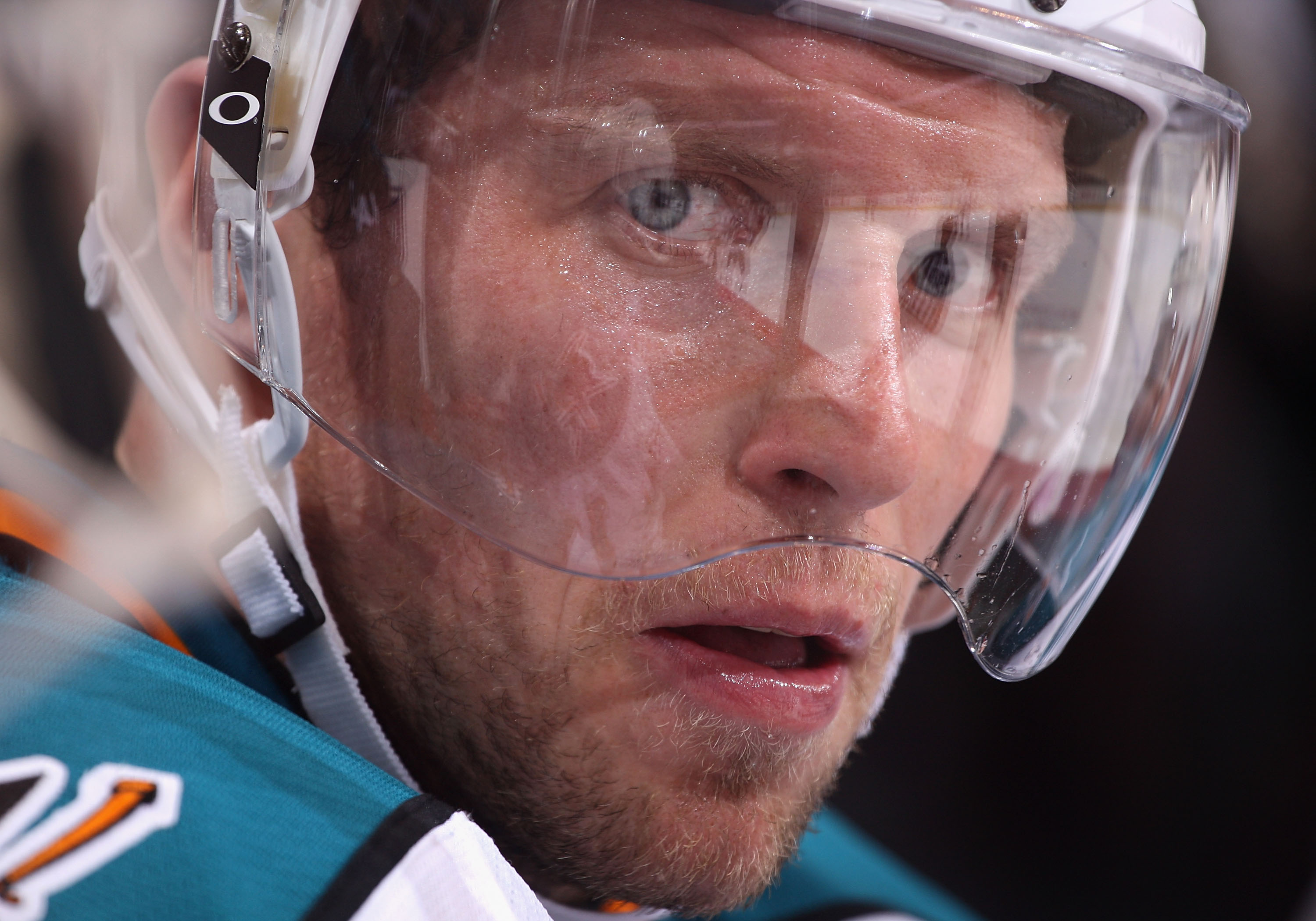
Atlanta Thrashers trade: Dany Heatley
Ottawa Senators trade: Marian Hossa and Greg De Vries
Age when traded: 24
Contract status: RFA (immediately signed a three year deal, $4.5M cap hit).
Analysis: We all know why Heatley was traded, but that doesn’t omit him from being noteworthy to this list. He was notably younger than Kessel is now, cheaper, and he was traded for a player older than him who turned out to be the better NHLer. Unlike the other trades on this list, Atlanta received one legitimate, proven, NHL star (along with a solid veteran) rather than trading for hope. Hossa was part of Ottawa teams that always did well in the regular season but failed to get over the hump in the playoffs, leading the team to want to shake things up. Heatley had only played three seasons, but he led rookies in scoring his first year and had 41 goals and 89 points in his second season. Still, his off-ice situation was well documented, he requested a trade, and they were able to net a superstar in return. Heatley went onto score 180 goals over four seasons in Ottawa, helping the team get to the Stanley Cup Final once. Hossa had 248 points in 222 games as a Thrasher, getting traded to Pittsburgh in his third season and helping the Pens make the Cup Finals. This was a good trade featuring two players that helped two teams shake up their rosters; a rare star-for-star swap.
Bobby Ryan Trade
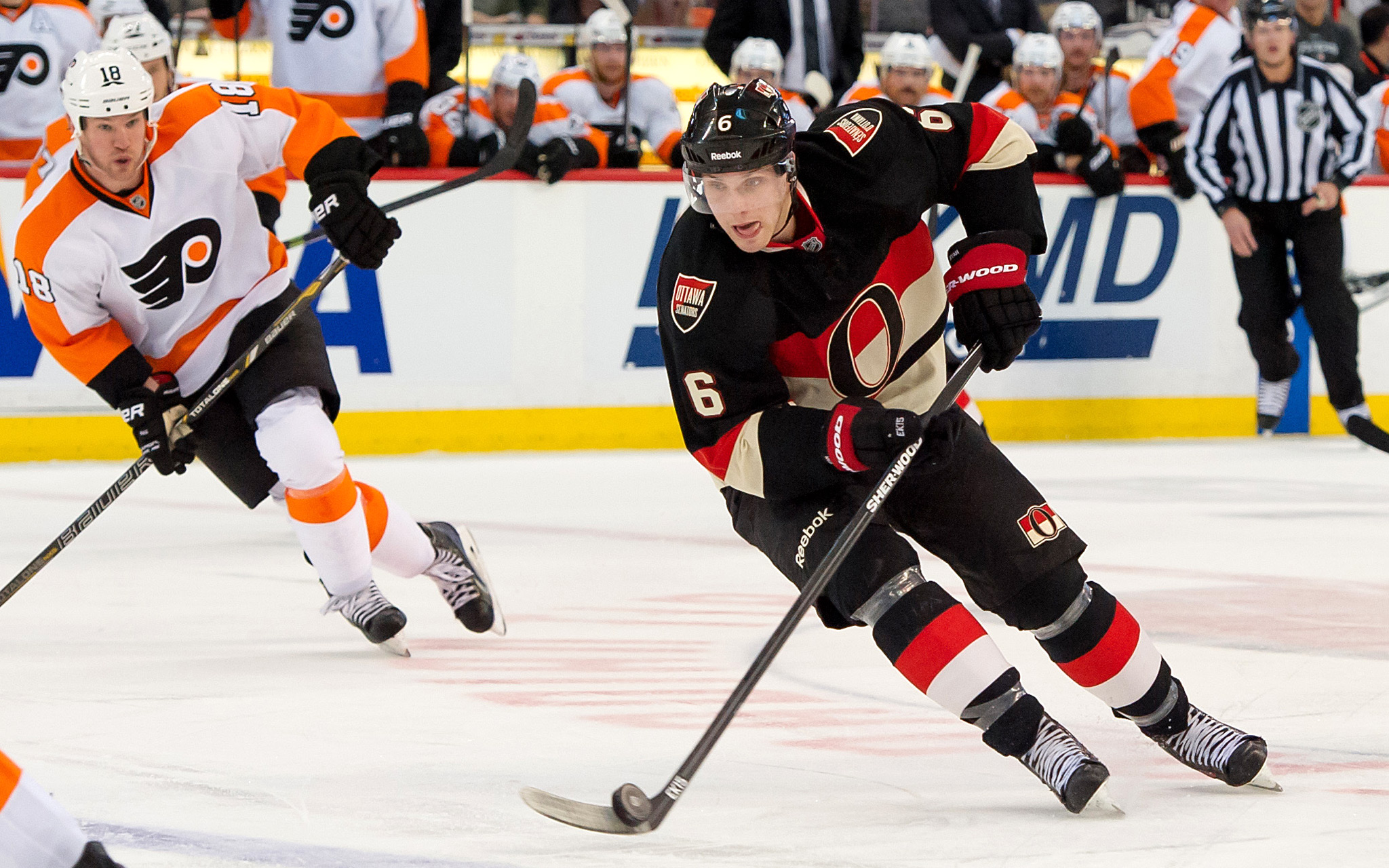 Anaheim Ducks trade: Bobby Ryan
Anaheim Ducks trade: Bobby Ryan
Ottawa Senators trade: Jakob Silfverberg, Stefan Noesen, round 1 pick in the 2014 draft (Nick Ritchie)
Age when traded: 26
Contract status: 2 years remaining, $5.1M cap hit
Analysis: Bobby Ryan was part of a “big three” on Anaheim that fans were expecting to be broken up for at least a year before he finally got traded. The Ducks had played four playoff games in Bobby Ryan’s final three seasons in Anaheim, though he did score 30+ goals in all of them (and the season before that, too). There was some risk in acquiring Ryan — he only had two years remaining on his deal — but his cap hit made him a bargain for those two years. Silfverberg came to Ottawa with a lot of hype and didn’t disappoint in his one year with the Sens, putting up 19 points in 48 games and showing a strong two-way game. Noesen is a first round pick, selected 21st overall in the 2011 draft. His stock was trending down after a down year in the OHL (went from 82 points in 63 games the year prior to 53 in 51). At the time of the trade, there was a lot of optimism in Ottawa as they were known as the “pesky sens” and made some strong moves in acquiring Clarke MacArthur and Ryan, but the team had a poor year and the Ducks received the 10th overall pick as a result, selecting Nick Ritchie. Ryan hasn’t come close to the 30 goal seasons he was ripping off in Anaheim, but after two years the only player to play for Anaheim since the deal has been Jakob Silfverberg. It appears they may have lucked out with Ottawa’s tough year, netting out Nick Ritchie (to say nothing of how good Silfverberg is).
The interesting thing is that all of these trades involved different templates. You have Columbus receiving two young, established players along with a high pick and prospect. The Rangers acquired one young player whose stock was flat lining, a reasonable prospect, and a depth player. Atlanta swapped talent for talent, while Anaheim got a solid young player and did well to get the 10th overall pick.
Every team did relatively well in their returns, although you can note that the future pieces take a long time to play out. Anaheim has only Silfverberg to show for so far in the Bobby Ryan trade, while the two NHLers Columbus has to show for Rick Nash were ready before going to the Blue Jackets. That is why prospects and picks are loosely considered to be “mystery boxes” on the whole; they sound nice and can be a positive, but it is a risky proposition. After the first 10 picks, 61.25% of players drafted in the first round since 1990 have played 100 games. According to Cullen’s work, the average ranking of those players was 4.19 out of 10, which he qualifies as a fringe NHLer. That is why it is risky, and also why good smart teams know that adding a late first round pick to a package to acquire a star is an easy decision.
Adding one good player to any deal is a given. The question for the Leafs will be whether they can make it two good young players (loosely speaking). Or, if it is just one good player, can it be a good young center who is already in the NHL? Clearing cap space and adding a good young NHLer is where the value is to be gained. Prospects or picks panning out is gravy.
Ability to be a part of a Rebuild
There are a lot of different layers to consider when it comes to whether or not the Leafs should even trade Kessel. While he receives a lot of criticism and blame for the team’s failures, the simple truth is that a player making $8M and being an elite scorer in the league is not the issue regardless of his perceived off-ice aloofness.
Cap issues are a result of overpaying players, and Kessel is one of the few players on the team that isn’t.
This season, though, was the first where his production dropped off, and fans could no longer point to the “he scored 30+ and hit 80+ points, so it’s not his fault.” A 25-goal, 61-point season is good for most players in the league, but for a 27-year-old Kessel it is a disappointing year considering he played in all 82 games.
It is one thing to have a reputation of rarely working out in the summer and being lazy (and I stress “having a reputation”) when you are ripping off 30 goal seasons at will; it is another to not do so when your numbers are trending down. That brings about a lot of questions for the Leafs, particularly — to be blunt — whether he is going to go the way of Dany Heatley. If there is reason to believe Kessel is going to fall off a cliff like Heatley did, obviously it would be wise to cut bait as soon as possible.
But we can’t possibly determine what internally drives Kessel and how he will age based on his personality. There are great examples of stars who were maligned for their character and workout habits only for them to produce well into their 30s, such as Alex Kovalev, Alex Mogilny, Brett Hull, and the still-playing Jaromir Jagr.
What we can look at, though, is the general production of forwards through their career arcs and whether it suggests Kessel could be kept.
The peak age for scoring is generally regarded to be 25 thanks to this study of points per game. A follow-up study found that:
“On average, players retain about 90% of their scoring through age 29, but the drop from there is pretty sharp — they hit 80% at age 31, 70% at age 32-33, and 60% at age 35.”
A separate study at UBC by James Brander on players peaking found forwards:
- Improve more quickly than they decline and typically begin “a significant decline in their early 30s.”
- Perform within 90 per cent of their peak from 24 to 32 years old.
- 25 is their most common age, with 24-27 very similar.
In the analysis he noted that, “Elite forwards are at their peak performance for scoring from age 27 to 29. ‘Elite players improve faster initially, continue to improve for slightly longer and experience slower age-related decline,’ according to Brander. ‘They do not experience a major drop-off in performance until their late 30s.’”
Turning 28 at the beginning of the 2015-16 season, we can reasonably assume that Kessel has at least two seasons of prime scoring left and a productive but steady decline in his 30s.
Does that mean he can’t be part of a rebuild? There are a few things to contemplate here.
The first is that the cupboard is not empty in Toronto. When Brian Burke took over the team, that prospect cupboard was bare; there was Luke Schenn and a few depth pieces. The team today, despite doom and gloom talk, already has three top 10 picks that are 25 or younger in Morgan Rielly, William Nylander, and Nazem Kadri. They are about to add a fourth this year. They also have a 26-years-old James Van Riemsdyk and Jonathan Bernier, who is 27, along with other young players on the NHL team such as Jake Gardiner, Peter Holland and Richard Panik, as well as a few promising prospects. They aren’t starting from scratch and they have a reasonable, young, productive core to try and add to and build around.
A Kessel production arc of two more really strong seasons before a drop to scoring between 70-80% of his prime numbers can fit this kind of rebuild. Goal scoring in the league is trending down and he’s never played with another elite player in Toronto. You could probably put together a sensible argument stating that, if this rebuild is done correctly, he’ll offer a lot of value to the team in two or three years due to his ability to score. To say nothing of his innate ability to stay healthy—he hasn’t missed a game in five years, and staying healthy is one of the most important attributes a player can possess.
So, Kessel can stay productive as the Leafs brass build the team up. There are a lot of easy examples to find where star players were around Kessel’s age by the time they helped their team become contenders:
- Ryan Getlaf and Corey Perry, age 28
- Steve Yzerman, age 29
- Markus Naslund, age 28
- Zdeno Chara, age 30
- Mats Sundin, age 27
This may or may not mean they should trade Kessel, but at the very least it signifies there shouldn’t be a rush to push him off the roster. He has good, productive years still ahead of him, and the team isn’t far enough away for him to not help them contend when the time comes.
Conclusion
It behooves the Leafs to explore what they can get in return for Phil Kessel. If they can net multiple young NHL assets, with one being a top six center that has for so long alluded them, there is value to be gained on multiple levels.
What the team can’t afford to do is be pressured to move Kessel. He just shot his lowest percentage since his rookie season, and didn’t score 30 goals for the first time since being 20 years old. Articles like this one calling for heads to roll and fans to bring out the pitchforks are the last thing management needs to listen to. If anything, it would make more sense to keep Kessel, have his numbers rebound, and then move him (unless you want to argue it is the beginning of the end for Kessel).
It is entirely possible the Leafs receive a return worthy enough of pulling the trigger, but we can’t answer that at the moment. What we do know is this:
- The team has a collection of contracts that are substantially worse than Kessel’s (Lupul, Bozak, Phaneuf), yet it is Kessel’s name in the rumour mills.
- Kessel had a down year scoring wise.
- The team hired one of the best coaches in the league and is possibly not going to allow him the opportunity to coach the best player on the team.
- Arguably, the best center Kessel has played with while on the Leafs is Matt Stajan.
- He’s only turning 28 this year.
It just seems all too Leafy. Business as usual. In a league where goal scoring is trending down and Kessel is still young enough to grow with a new core of players, moving him has to be a homerun. It can’t be for a few mystery boxes and a hope and a prayer; two good players and then some hope –as Rick Nash returned—is the standard. If the goal is to simply get him off the team and start changing the roster composition and culture, there are a collection of other players with big contracts that are objectively worse than Kessel’s who should go out the door first.


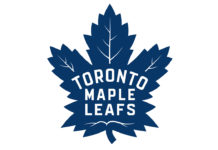
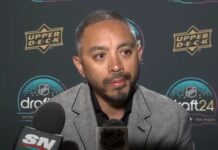
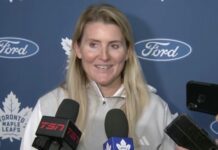
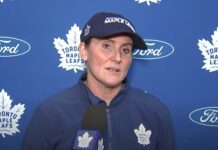
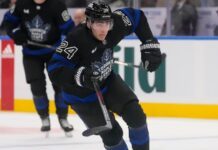
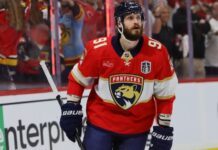
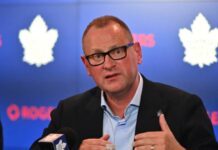
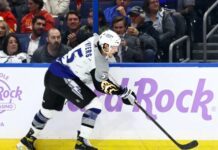
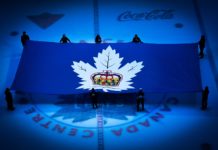
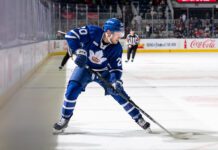
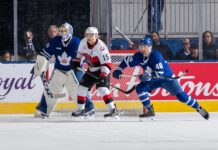
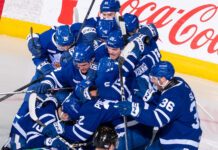
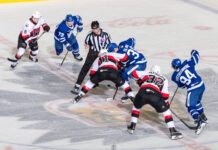
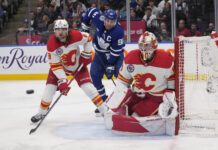
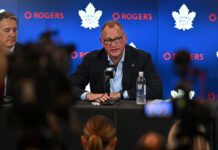
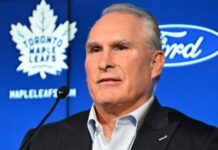
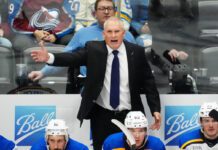

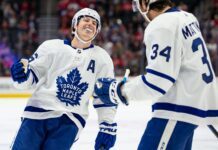
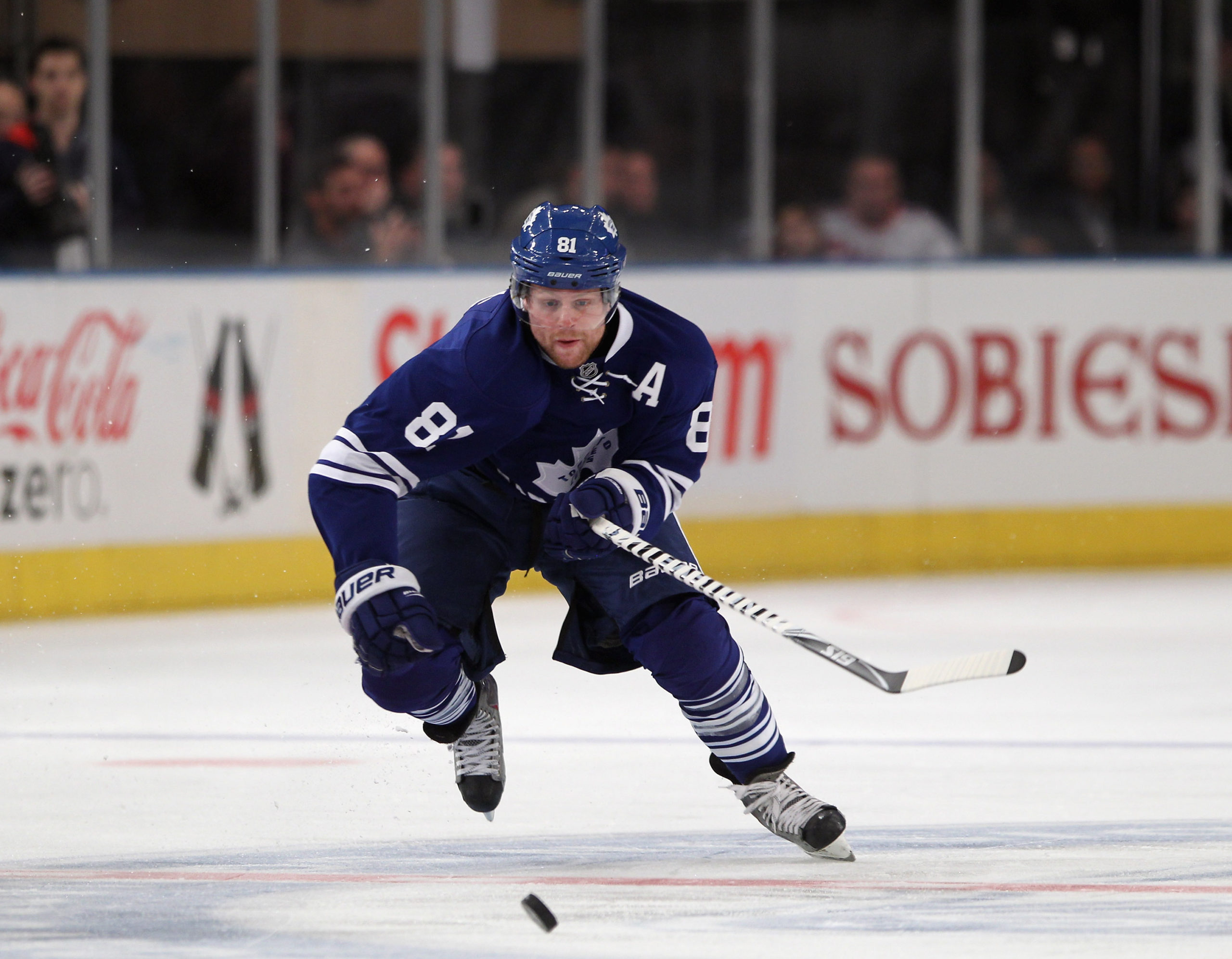
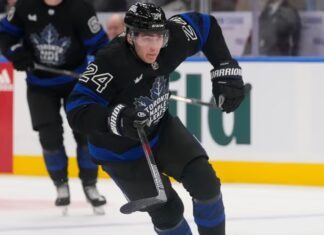







![New Leaf Anthony Stolarz on the opportunity in Toronto: “In Florida, I knew my role as a backup… Now, [Joseph Woll] and I are competing for starts… As a goalie, that’s all you can ask for” Anthony Stolarz, Stanley Cup win, now Maple Leaf](https://mapleleafshotstove.com/wp-content/uploads/2024/07/anthony-stolarz-sc-100x70.jpg)
